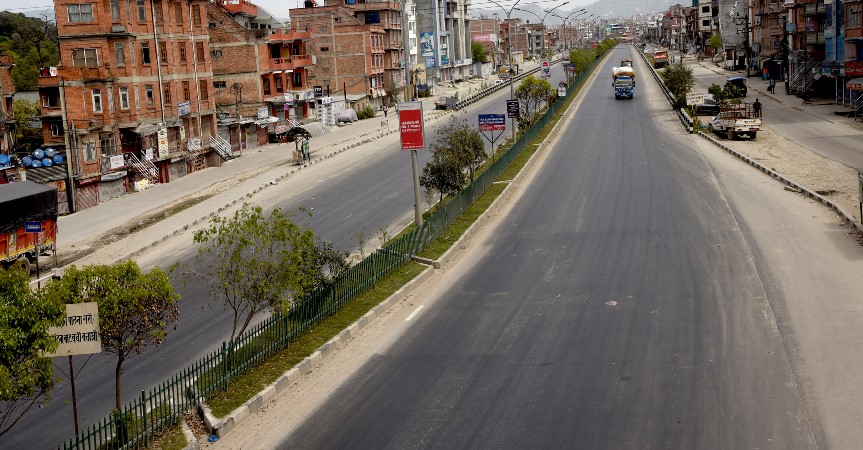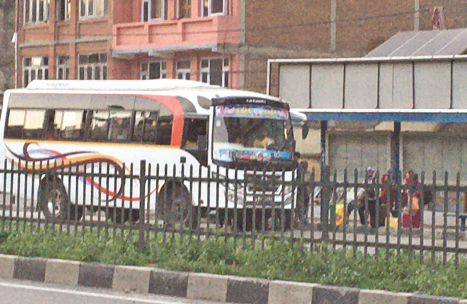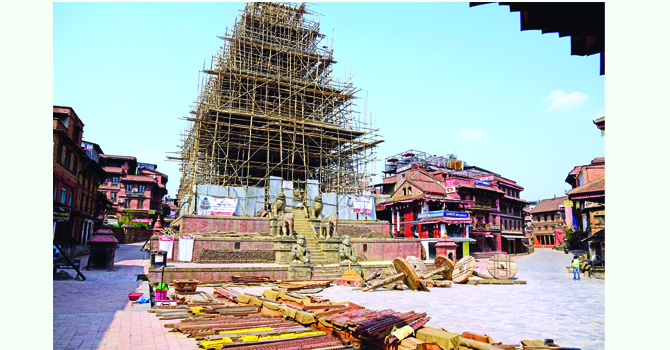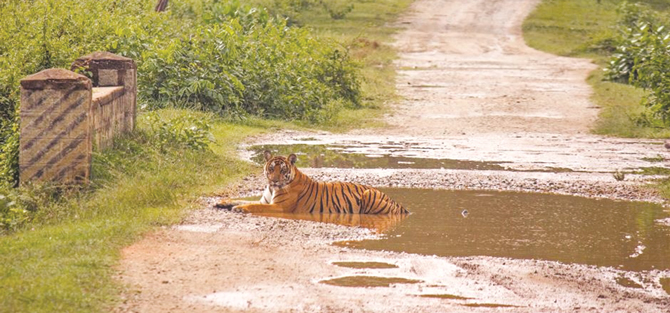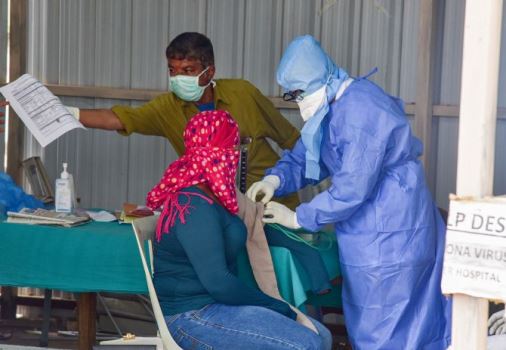Wood Snipes wane with loss of habitat, breeding ground

By Indira Aryal
Kathmandu, Dec. 8: The Wood Snipe Gallinago nemoricola, which is listed as globally Vulnerable in the IUCN Red List and National Red List of Nepal, is on the verge of extinction due to habitat destruction for its breeding.
The species of bird is a rare and little-known species that breeds in the Himalayan alpine regions. Despite being globally threatened, detailed information on its status and distribution is largely lacking and outdated, said ornithologist Hari Basnet of Nepalese Ornithological Union.
A study was conducted to find out the ecology and status of Wood Snipe Gallinago nemoricola in Lamtang National Park (LNP). According to the study, its population decline is linked with widespread loss of wetland habitats in its upland breeding areas and lower elevation wintering grounds.
The study conducted population surveys of Wood Snipe in LNP to understand the recent population status, distribution, and ecology, Basnet said.
The study was conducted in 18 locations of the LNP and counted the bird that flushed and found 19 birds during two months’ period. As many as 14 calling birds were recorded from Lauribina area, and five from the Gosainkunda lake area.
According to Basnet, local people recognized the species during the breeding season based on their distinct dawn and dusk call and length of the bill, and herders frequently sighted Wood Snipes because they shared common habitat with grazing livestock.
The bird breeds in the Himalayas of northern India, Nepal, Bhutan, south-eastern Tibet and in central Sichuan and Yunnan in China, and in winter mainly at lower altitudes in the Himalayas and northern Vietnam. Within Nepal, Wood Snipes are rare and sparsely distributed, Basnet said.
As a partial resident and an altitudinal migrant, they breed in April–June in the subalpine region and alpine fields at 3,650 to 4,520 metres above sea level.
According to Basnet, local herders reported seeing nests and chicks of the bird during the survey period. The survey stations were above the treeline and more than 70 per cent of the breeding habitat was covered by dwarf rhododendron scrub along with rocks/ boulders and rocky outcrops, rather than in the scattered low bushes.
The breeding grounds were observed to lack permanent streams or marshland though the rain during monsoon season and snow meltwater usually keep the breeding habitat wet throughout the breeding season.
In Nepal, the total population of Wood Snipe is estimated to be fewer than 100 individuals. However, this estimate is primarily based on limited survey data and information from a few birdwatchers visiting the known breeding areas.
The bird has been recorded from Shey-Phoksundo National Park, Sagarmatha National Park, LNP, Makalu Barun National Park, Annapurna Conservation Area and Kanchenjunga Conservation Area. Additionally, Chitwan National Park, Bardiya National Park and Shuklaphanta National Park are lowland protected areas where the species has been recorded outside of the breeding season,
The first record of Wood Snipe in Lamtang NP was from Kyanjin in May 1979, while the only photo-graphic evidence of Wood Snipe in LNP and elsewhere in Nepal is from May 1990, according to the research report.
Recent News

Do not make expressions casting dout on election: EC
14 Apr, 2022
CM Bhatta says may New Year 2079 BS inspire positive thinking
14 Apr, 2022
Three new cases, 44 recoveries in 24 hours
14 Apr, 2022
689 climbers of 84 teams so far acquire permits for climbing various peaks this spring season
14 Apr, 2022
How the rising cost of living crisis is impacting Nepal
14 Apr, 2022
US military confirms an interstellar meteor collided with Earth
14 Apr, 2022
Valneva Covid vaccine approved for use in UK
14 Apr, 2022
Chair Prachanda highlights need of unity among Maoist, Communist forces
14 Apr, 2022
Ranbir Kapoor and Alia Bhatt: Bollywood toasts star couple on wedding
14 Apr, 2022
President Bhandari confers decorations (Photo Feature)
14 Apr, 2022





